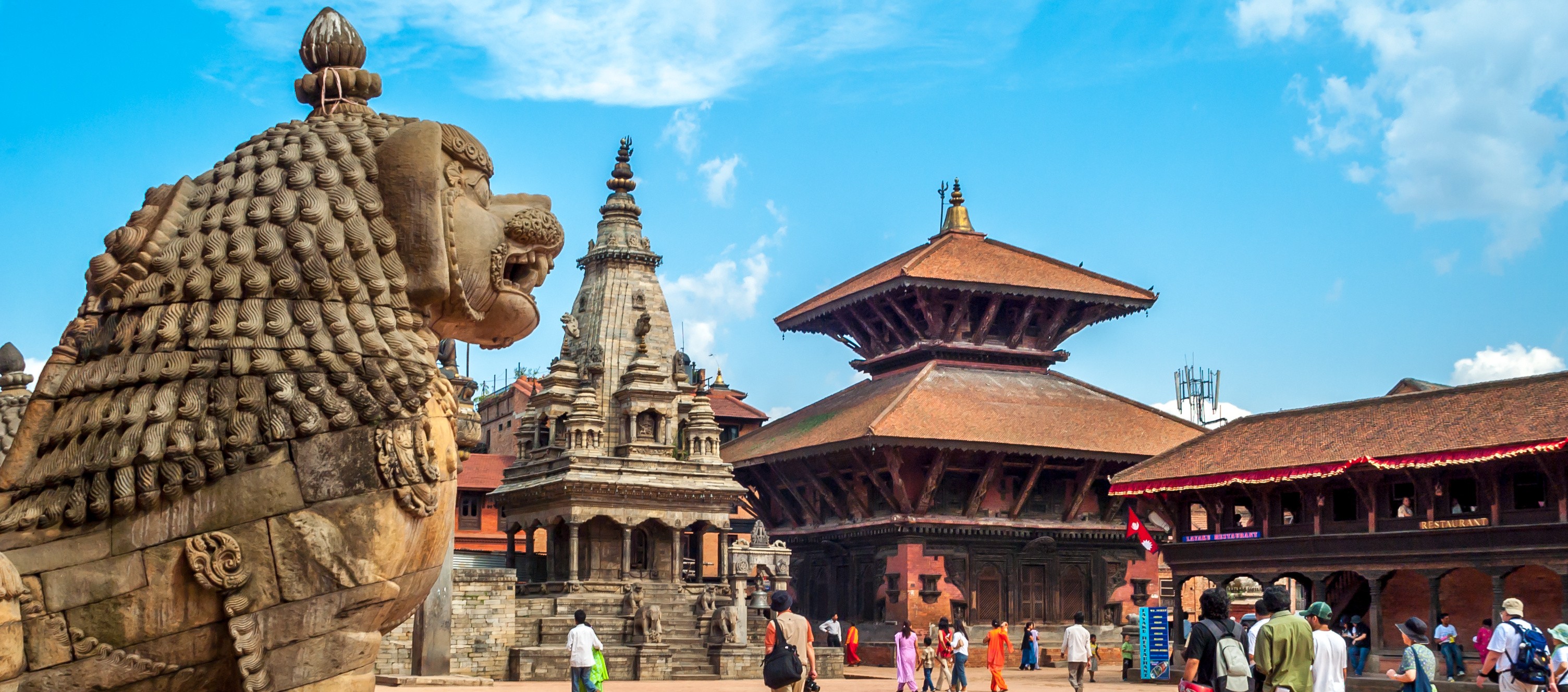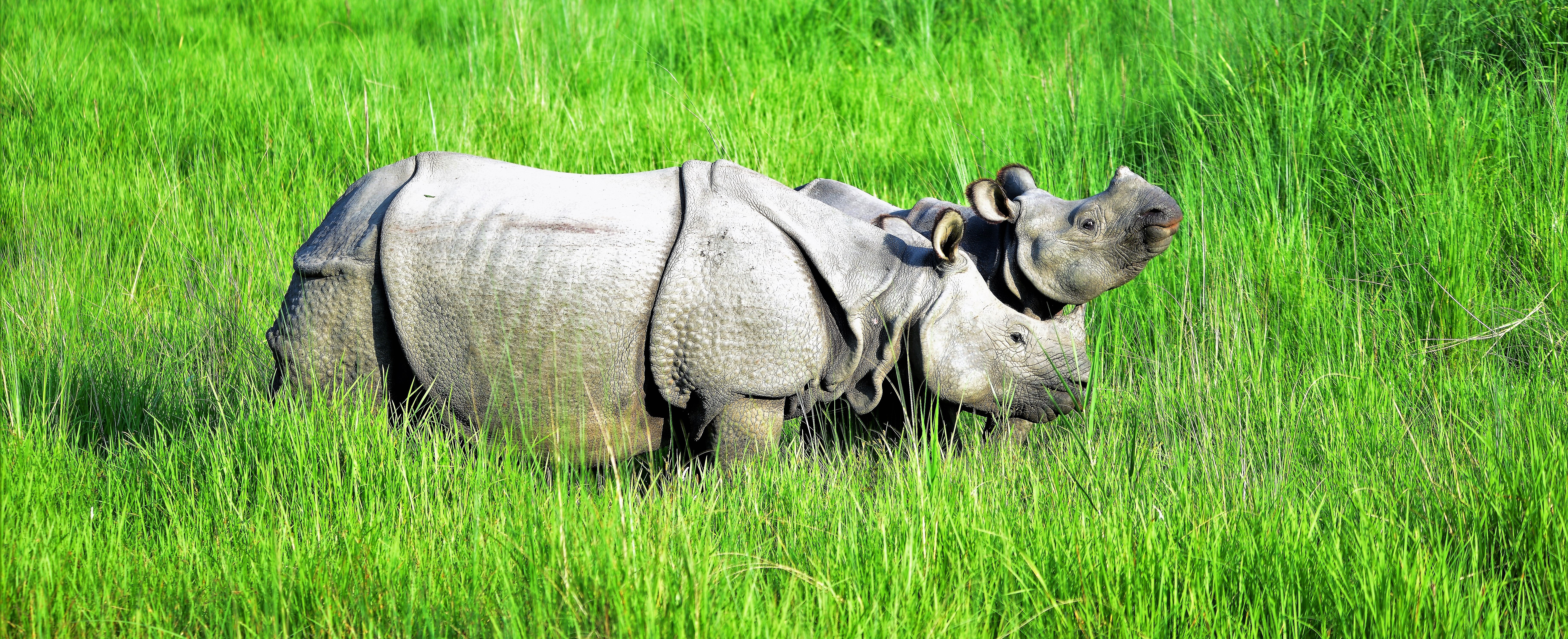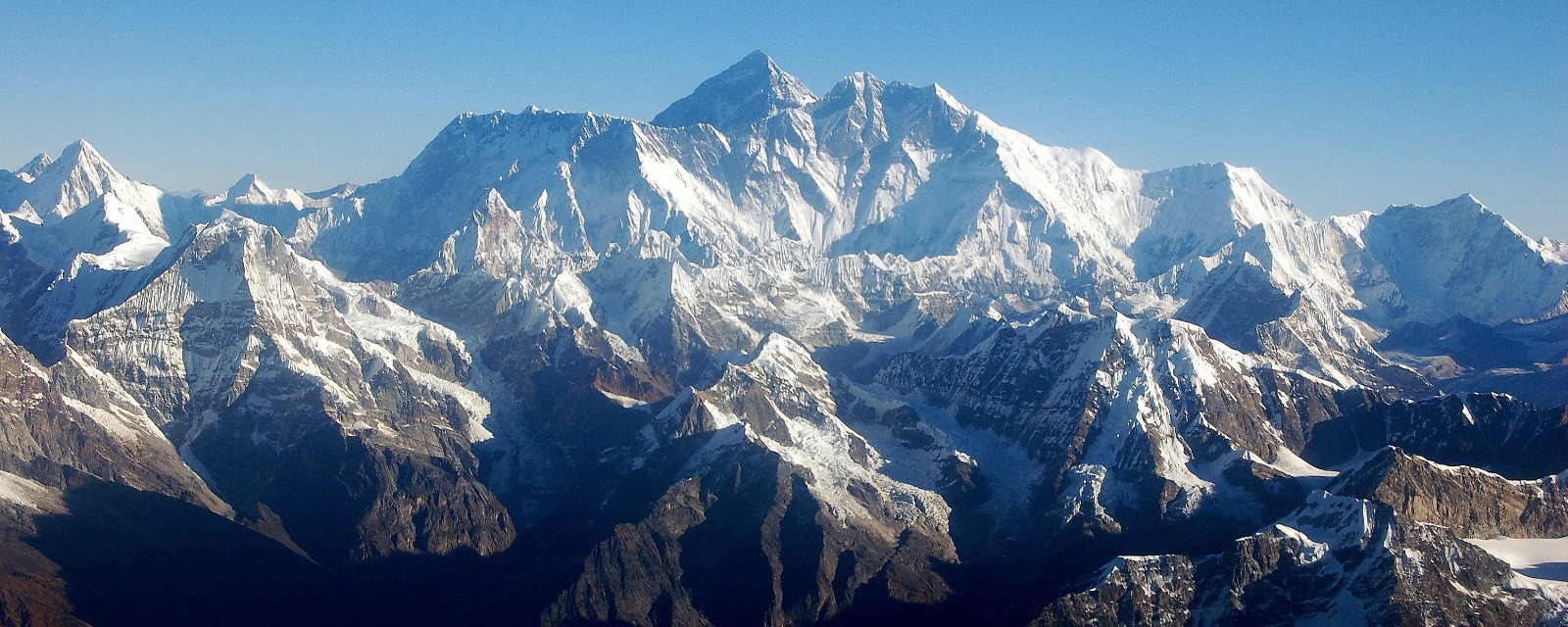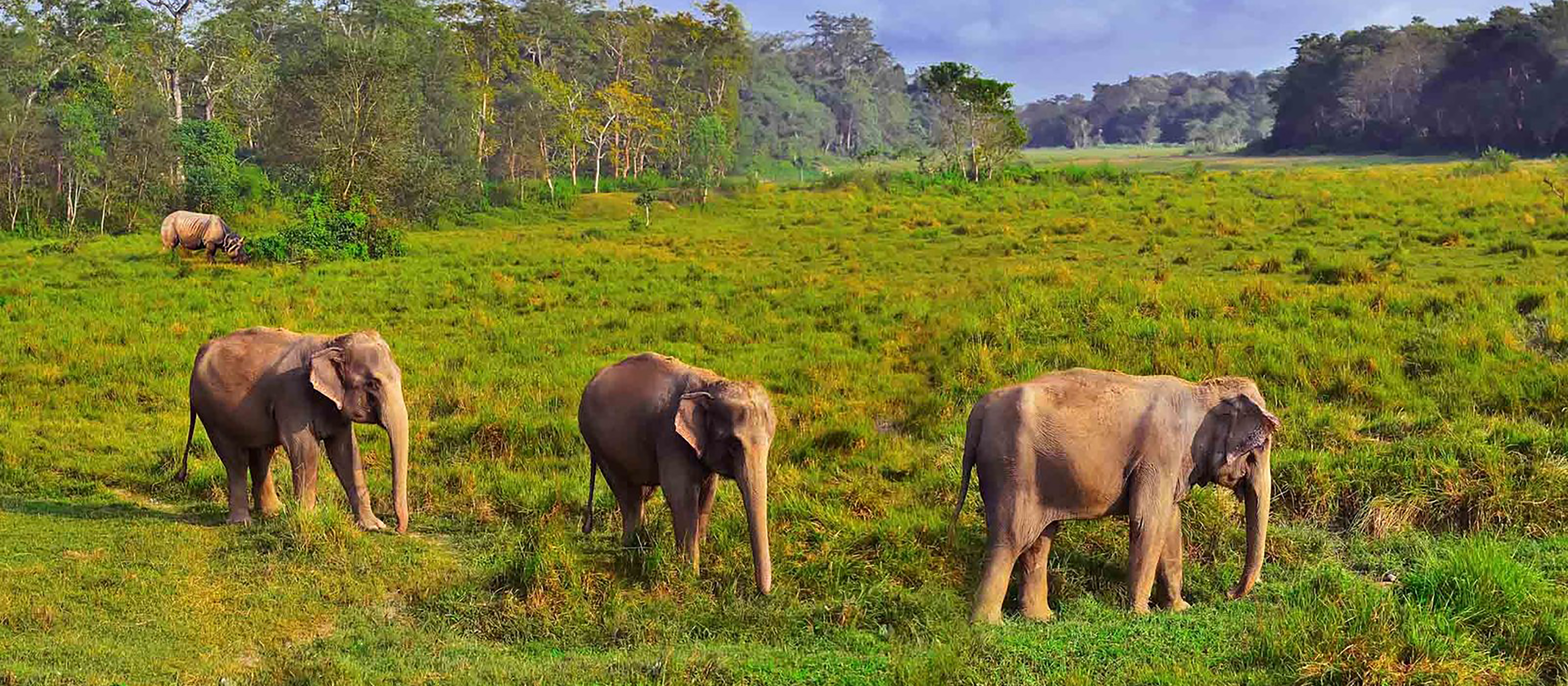
The Best Private Luxury Tours of Nepal
Our luxury Nepal tours were expressly created for mature explorers who don’t want to be rushed. Easy Tours is a small boutique agency and we only offer great guides and top upscale lodging. Over 70% of our business today is repeat and referral.
“ We wish to convey our thanks to
all of the Easy Tours crew in India, Nepal and the U.S. The whole way
through, from start to finish, we were treated like royalty and given the
utmost care and attention. ”
James and Alison Cunningham

Easy Tours’ Nepal Destination Elevations
Kathmandu – 4600 feet
Pokhara – 3300 to 5000 feet
Chitwan National Park – 500 to 2500 feet
Dhulikhel - 5000 feet
Open Year Around / Recommended Season: Year Around
Nepal is a Himalayan gem that offers a blend of cultural richness, serene landscapes, and
unforgettable adventures. From the towering peaks of the Himalayas to the lush Terai plains,
Nepal's geography has played a crucial role in shaping its culture and history.
Recommended Nepal Tours
Nestled between India and Tibet, Nepal offers some of the most breathtaking natural attractions
on our planet. Its landscape varies from the towering, snow-capped peaks of the Himalayas in the
north to lush, subtropical forests in the south. This vast range in altitude and climate
supports an astonishing variety of ecosystems, each teeming with unique forms of
life.

Nepal's architecture is a vibrant tapestry that reflects its cultural diversity and historical
depth. The majority of Nepalis are Hindu, but there is a significant Buddhist minority,
reflecting the historical influence of Tibetan Buddhism. The Newar community, indigenous to the
Kathmandu Valley, has its unique language, culture, and architecture. Other ethnic groups like
Pokhara’s Sherpa, known for their mountaineering prowess, and the Tharu, indigenous people of
the Terai (Chitwan) region, contribute to the rich cultural diversity of the
country.
Kathmandu offers a fascinating mosaic of ancient traditions and extremely busy modern life.
Kathmandu is home to several UNESCO World Heritage Sites, including the majestic Durbar Square
and the sacred Swayambhunath Stupa, perched on a hilltop offering panoramic views of the
city.
A short drive from Kathmandu into the mountains lies Dhulikhel, a quaint Newari town with
panoramic views of the Himalayan range. Dhulikhel is an ideal spot for those who appreciate
serene walks and stunning sunrises. The town serves as a gateway to numerous hiking trails that
offer gentle walks through lush hills and traditional villages, allowing one to experience rural
Nepalese life at a relaxed pace.

Chitwan National Park invites adventurers to explore its lush jungles through land safaris or
river excursions. As a haven for wildlife enthusiasts, Chitwan offers the chance to spot the
elusive Royal Bengal tiger, one-horned rhinoceros, and various bird species. Rhino sightings are
frequent nowadays in 2025.
A must experience is the enchanting city of Pokhara, a sanctuary of natural beauty located
beside the tranquil Phewa Lake and shadowed by the majestic Annapurna range. Pokhara is the
starting point for many trekkers venturing into the Annapurna region.
Nepal’s recorded history begins with a kingdom mentioned in ancient Hindu scriptures around 700
BCE. Hinduism and the caste system was introduced by Indian conquerors in approximately the 3rd
century CE and are still integral aspects of Nepali society today. Culturally, Nepal is a mosaic
of ethnic groups and religions. Nepal's culture is also reflected in its cuisine, which is
influenced by both Indian and Tibetan styles of cooking. Dishes such as dal bhat (rice and
lentils), momos (dumplings), and gundruk (fermented leafy greens) are staples.

In the higher altitudes, the views are dominated by the majestic Himalayas, where gushing
rivers, formed from melting glaciers, carve through deep gorges and valleys, creating
spectacular waterfalls and rapids. These rivers are lifelines for the communities that live
along their banks and are crucial for the country's agriculture. The most famous of these, the
Kali Gandaki Gorge, is known as one of the deepest in the world.
Descending into the mid-hills, the landscape softens into rolling green hills dotted with
traditional terraced farming practices that reflect a harmonious relationship between the people
and the land. Here, the air is filled with the scent of blooming rhododendrons and the sound of
chirping birds. Nepal is home to over 900 species of birds, making it a paradise for
birdwatchers. The forests of Nepal, such as those in Chitwan National Park, pulsate with the
life of diverse fauna, including rare species like the Bengal tiger, one-horned rhinoceros, and
Asiatic elephant.
Lower down, the terrain merges into the lush Terai region, where the dense jungles host an array
of wildlife. These jungles are vibrant ecosystems where the cacophony of sounds from insects,
birds, and animals fills the air, creating a symphony that speaks of untamed wilderness. The
Bardia National Park in the Terai is an excellent spot for wildlife safaris, offering glimpses
of leopards, deer, monkeys, and even the elusive Royal Bengal tiger.

The multitude of national parks and conservation areas across Nepal are not just a sanctuary for
wildlife but also serve as a base for eco-tourism and adventure sports. Activities such as
trekking, white-water rafting, and paragliding draw adventure seekers from around the world,
keen to experience the raw beauty of Nepal's natural landscapes.
Central to Nepal’s architectural identity are the cities of Kathmandu, Dhulikhel, and Pokhara,
each presenting unique elements that are deeply influenced by religious, environmental, and
socio-economic factors. Notable is the influence of Tibetan architecture, seen in the Buddhist
stupas and monasteries around the city. These structures often feature vibrant colors, with
white walls, red roofs, and gold ornaments, standing against the backdrop of the Himalayas.
Kathmandu, the capital, is the epicenter of Nepalese architecture. The city is renowned for its
historic temples, palaces, and courtyards and a striking feature is the use of intricately
carved woodwork and multi-tiered pagoda structures. Dhulikhel offers a different flavor of
Nepalese architecture, one that harmonizes with the natural landscape. The town is famous for
its Newari architecture, and the ancient homes and public spaces are made using locally sourced
materials like mud, brick, and wood, featuring intricately carved wooden windows known as
"jhyal." The layout of Dhulikhel is narrow winding lanes flanked by tightly clustered houses,
showcasing the communal lifestyle of the Newar people.

